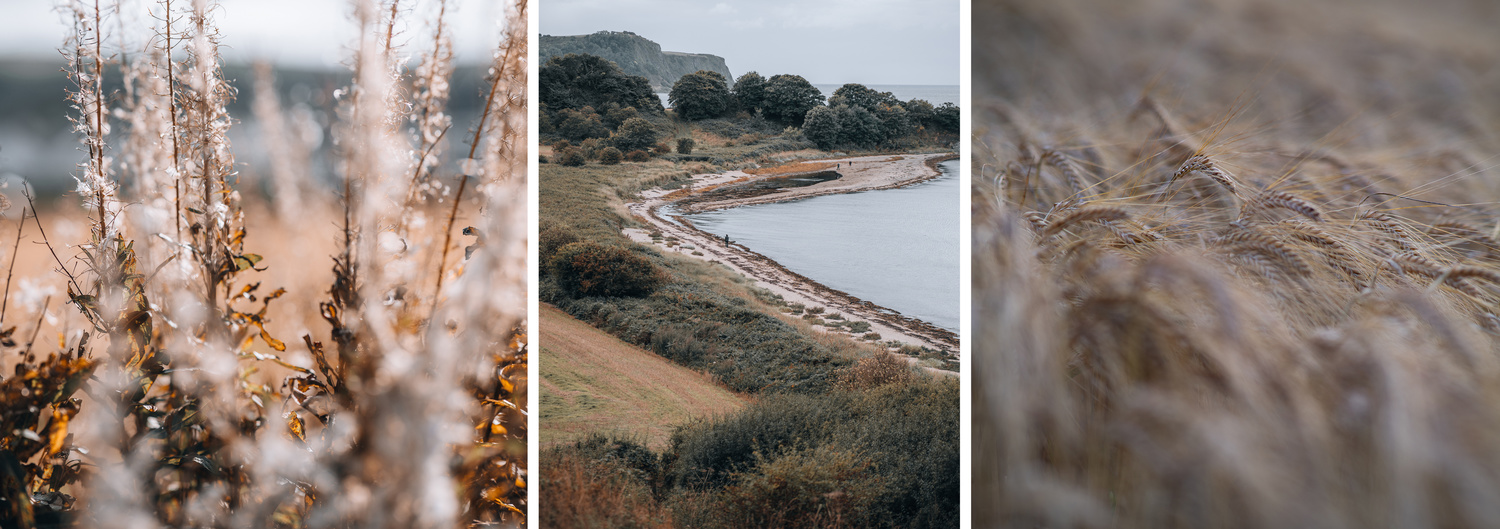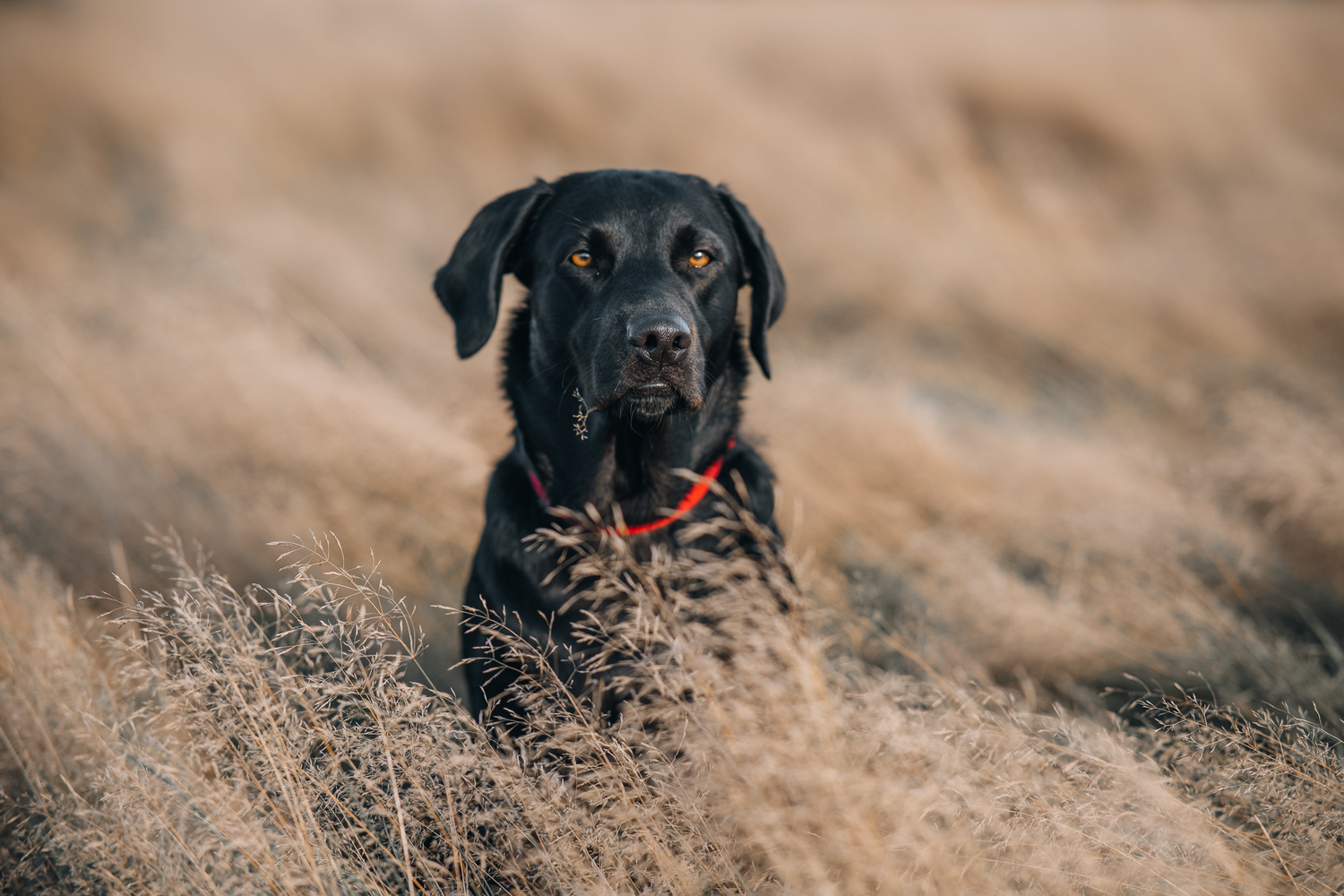It's a favorite focal length for portraits. So, how does it cope with landscapes?
At nearly half the price of the Nikon Nikkor Z 85mm f/1.8 S lens, the Viltrox AF 85mm f/1.8 Z Lens for Nikon Z has some explaining to do as well as some shoes to fill when it comes to third-party lenses, considering the sharpness of the Z-mount series. So, is it worth shelling out the money for the lens, and how does it perform?
I would have loved to have taken the lens into the studio to shoot some portraits or products, but at the moment, this hasn't been possible, so this review will be looking at the lens and in particular how I found it with landscape photography.
Previously, I owned the Nikon AF-S Nikkor 85mm f/1.8G Lens, so I knew that with the Z system I would eventually want another one. After the financial sting of changing the entire system from DSLR to mirrorless, I knew that purchasing the Z mount 85mm was going to be a long way off, and with Z mount third-party lenses on the increase, I searched around until I came across the Viltrox 85mm. Viltrox produces some stunning lenses for the fuji X series, so I knew (or hoped) that they would be the same for the Nikon. I was not disappointed in the least.
This Review
To start with, when it comes to technical specifications, I am more of a how something performs in the field, what type of images it produces, am I happy with it, will I use it again type of person. So, for this review, I'm going to talk mainly about how I found the lens when in use and how I used it. The images will be varied, as I shot them for this review, plus I use it as a carry-around lens. You can find all the technical details online when it comes to tech specs, so I won't ask you to read them twice. 
Build and Quality
I've had the lens for some months now and have used it on various occasions and at various settings as you can guess, and so far, the only thing I have really noticed is that every now and again, it can miss the focus point. Now, I'm not so silly to think that it's the lens and not the photographer, so I'm going to continue to run a few scenarios to see if it is myself or the lens. It would be unfair of me not to mention that I've noticed this, though it very rarely happens, only every now and again, so more than likely, it is the photographer. Apart from that, it's been ideal for what I use it for.
Weight-wise the lens is not noticeable when in the backpack or being carried around, and it feels great to use. It has a metal body, which is not weather-sealed, so consider that if using outdoors. It also comes with a lens hood, which I fight with to get on. I did read this problem in other reviews, but to be honest, once it's on, it does what it says on the tin and shades the front element while at the same time offering some additional protection to the glass. 
How It Performed
Great. I honestly wish I could do a side-by-side comparison with the Nikon 85mm S lens just to see how different they are. But for now, I have no issues that have given me any reason to regret my purchase at all. It does exactly what I need it to and produces the images I am more than happy with.
Throughout the f-stop range, it works ideally, although I do when using it have a preference for shooting around the f/2.2-f/2.8 range, as I feel the images produced here are aesthetically more pleasing for my requirements. Bokeh and shallow depth of field are what I would expect. And again, no complaints for my usage. The first and second images below were photographed at f/1.8 and f/2.2, respectively.
Focusing is fast, and it produced the results I was after. The image below was captured at f/2.2 from a good distance and focused on the nose (she doesn't sit still for long). Yes, had I shot with the aperture closed down more, the full head would have been in focus, but I was actually shooting for this article as an example.
It does exactly what I need it to do. It produces sharp images and has a great shallow depth of field when required, which I do use very often, even for landscapes. With the example images, you will notice it's only vignettes and details of the landscape I use it for, but that's why I purchased it. I could use the Nikon NIKKOR Z 24-200mm f/4-6.3 VR Lens as the carry-around lens due to the range of focal lengths, but I wanted a distinctively shallow depth of field.

Is It Worth It?
I would honestly say yes. For the cost and the image quality you get, this is a great lens at half the price of the Nikon version. Portrait-wise, my partner has used the lens for some formal and informal shots outdoors, and the images have been sharp and clear with a lovely softening of the background at f/2.2. This aperture may be the sweet spot of the shallow depth of field, although at f/1.8, it performs brilliantly. I just prefer the overall look and feel of the image at f/2.2.
Will you be disappointed you didn't wait and save a little longer for the Nikon? I can't honestly say. But what I can is that you won't be disappointed with this lens for half the price.
If you're passionate about taking your photography to the next level but aren't sure where to dive in, check out the Well-Rounded Photographer tutorial where you can learn eight different genres of photography in one place. If you purchase it now, or any of our other tutorials, you can save a 15% by using "ARTICLE" at checkout.







Great review; the Valtrex 85mm is a lovely lens, and I must admit I hadn't heard of this lens brand; I will check them out.
Use as intended.